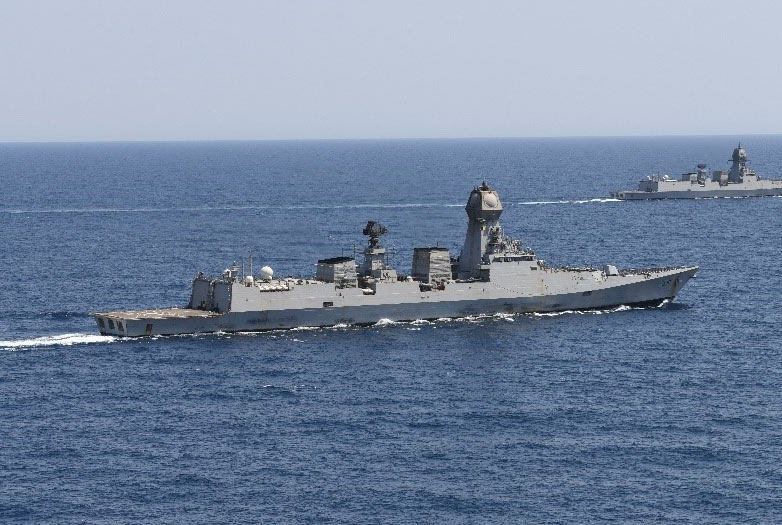
The Indian government has approved a series of capital acquisition proposals amounting to Rs 1.45 lakh crore, marking a substantial investment in military modernization.
The Defense Acquisition Council (DAC) has greenlit the proposals, which include the procurement of 1,770 Future Ready Combat Vehicles (FRCVs), seven advanced multi-role stealth frigates, and a range of other defense items like radars, next-generation boats, and advanced combat vehicles.
The Stealth Frigates
The approval of Project 17B involves the construction of seven advanced stealth frigates for the Indian Navy at an estimated cost of ₹70,000 crore.
This initiative, aimed at bolstering indigenous shipbuilding capabilities, will see major shipyards like Mazagon Dock Limited (MDL) and Garden Reach Shipbuilders and Engineers (GRSE) at the forefront, continuing from their work on the Project 17A frigates.
The decision to modernize the tank fleet with FRCVs and introduce advanced stealth frigates into the naval fleet is seen as a direct response to the evolving security landscape, particularly the expanding threat from China.
Atmanirbhar Bharat
Notably, 99% of the cost for these acquisitions is set to be invested in domestically produced defense items, underscoring the government’s commitment to ‘Aatmanirbharta’ (self-reliance) in defense manufacturing.
This recent approval adds to the already substantial defense budget for the fiscal year 2024-25, initially set at Rs 6.21 lakh crore. This budget, which accounts for nearly 13% of the total government expenditure, focuses on both capital acquisitions and enhancing border infrastructure, with Rs 6,500 crore earmarked for the Border Roads Organisation.
Boost to Economy
The emphasis on indigenous procurement is also a strategic economic move to boost domestic defense production, which has reached a record high of approximately Rs 1.27 lakh crore in the previous fiscal year. This is expected to strengthen national security and stimulate economic growth through job creation and technological innovation within the country.
The focus on domestic manufacturing is expected to have a multiplier effect on the GDP, fostering employment and capital formation within the defense sector.
Defense analysts have welcomed the move, noting that it aligns with India’s long-term integrated perspective plan to fill critical capability gaps through modernization.